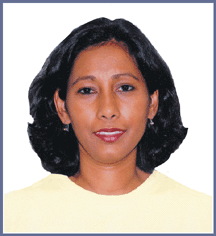 September 2013
September 2013OPENING POSITION
 September 2013
September 2013How are Portuguese bond yields? Is the European Central Bank (ECB) going to keep interest rates as they are? How is China’s economy faring? Is the euro still fragile? The answers to these questions and many more are what foreign-currency traders need to know if they intend to navigate today’s 24-hour market that is dominated by institutional traders. It’s overwhelming, without a doubt, but a significant event in one country can impact the economy of another. As with anything, over time, you’ll see similar patterns playing themselves out and you’ll be able to connect the dots and assimilate that information in such a way that it creates a positive impact on your trading.
The Federal Reserve has suggested they may end their quantitative easing (QE) as early as 2014. This has sparked some optimism in the US markets. We have seen some growth in the US economy — there are signs of a housing recovery, slow and steady growth in the jobs market, and an increase in manufacturing activity. This economic growth is mild, but we have seen a slight rise in the 10-year Treasury yields as well as a rally in the US dollar. If the trend in the Treasury yields continues, it is likely that we can see more capital being invested in the US, which will contribute to a further rise in the value of the US dollar. But a rise in the US dollar could have a negative impact on the earnings of multinational companies. And a slowdown or end to QE in the US could have a negative impact on other countries.
Intermarket relationships abound, and they don’t necessarily have the same end result each time they occur. This makes it necessary to really understand how markets behave, how they impact other markets, and how you can distill the information to take advantage of it in your trading. It’s a challenge and may be enough to turn you away from trading the currency markets. However, once you figure out a way to narrow down all this information and apply it to your trading, the act of placing those entries and exits may just be a matter of looking at a few simple indicators.

Jayanthi Gopalakrishnan, Editor